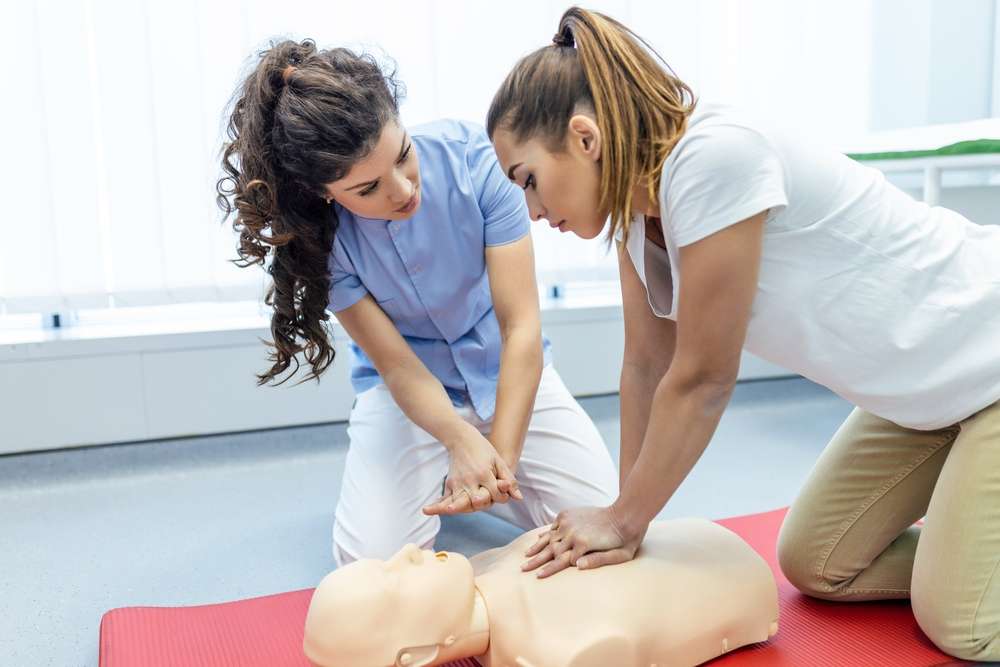Become a Medical Assistant - Launch a Healthcare Career
Medical assistant training provides practical clinical and administrative skills to start a stable healthcare career. Learn about program lengths, training locations, costs, and certification options — including online choices with hands-on clinical experience — to make an informed choice and boost your employability.

How long does medical assistant training typically take?
Programs for medical assistants come in several formats, and the time to completion depends on the credential you pursue. Most certificate or diploma tracks are designed to be completed in roughly 9 to 12 months. If you opt for an associate degree, expect a commitment of up to two years. Some institutions run accelerated schedules that can compress certificate coursework into about 6 months, though these fast-track options may be intensive. Generally, the longer the program, the broader and deeper the clinical and administrative instruction — so pick a length that matches your career ambitions.
Where can you study to become a medical assistant?
There are multiple training pathways available. Community colleges, technical schools, and vocational programs frequently offer classroom and lab-based training that blends theory with hands-on practice. Many hospitals and larger clinics also sponsor on-the-job training or apprenticeship-style programs that let you learn while working. Online programs have become popular for their flexibility; however, reputable online programs will include in-person clinical rotations or externships to ensure you gain real patient-care experience and meet certification eligibility.
When choosing a program, verify accreditation and whether clinical placements are arranged. Accreditation ensures the curriculum meets industry standards and can affect your ability to sit for nationally recognized certification exams.
What are the job prospects after completing training?
Medical assistants are in steady demand across a variety of settings: doctor’s offices, outpatient clinics, hospitals, specialty practices, and urgent care centers. According to the U.S. Bureau of Labor Statistics, employment for medical assistants is projected to grow 16% from 2021 to 2031, a rate much faster than the average for all occupations. This expansion is driven by an aging population, greater access to medical services, and the need for support staff to help clinicians operate efficiently.
Earning a certificate or degree and obtaining certification can improve your competitiveness in the job market. Employers often prefer candidates who have completed accredited training and hold credentials, which can lead to higher starting salaries and greater advancement opportunities.
How much does medical assistant training cost?
Costs vary by program type, institution, and region. Below is a general breakdown of what you might expect to pay:
| Program Type | Institution | Cost Estimation |
|---|---|---|
| Certificate Program | Community College | $2,500 - $10,000 |
| Diploma Program | Vocational School | $5,000 - $15,000 |
| Associate Degree | Community College | $10,000 - $25,000 |
| Online Program | Accredited Online School | $3,000 - $15,000 |
Prices, rates, or cost estimates mentioned in this article are based on the latest available information but may change over time. Independent research is advised before making financial decisions.
These figures usually cover tuition and basic fees; additional costs may include textbooks, uniforms, vaccination or background-check requirements, and the fee for certification exams (often $100–$250). Many schools offer financial aid, scholarships, or payment plans to help reduce upfront expenses.
What certification options can boost your credentials?
Certification is not always mandatory but is highly recommended. Credentials demonstrate your competency to employers and can translate to higher pay. Common certifications include:
- Certified Medical Assistant (CMA) from the American Association of Medical Assistants (AAMA)
- Registered Medical Assistant (RMA) from American Medical Technologists (AMT)
- National Certified Medical Assistant (NCMA) from the National Center for Competency Testing (NCCT)
Each certifying body has its own eligibility rules and exam format, so review their requirements early in your training to ensure you meet clinical-hour or program accreditation prerequisites.
Choosing the right program: key considerations
When selecting a program, weigh these factors:
- Accreditation: Ensures educational standards and affects eligibility for certain certifications.
- Clinical experience: Hands-on practice in a real healthcare setting is crucial for skill development.
- Curriculum balance: Look for programs that cover both clinical procedures (e.g., phlebotomy, EKGs, injections) and administrative tasks (scheduling, billing, EHR use).
- Job placement support: Career services and externship networks can ease the transition into employment.
- Schedule flexibility: If you must work or balance family commitments, evening, weekend, or hybrid programs may be important.
Final thoughts
Training to become a medical assistant is a practical route into the healthcare field that combines a relatively short educational timeline with strong employment prospects. By comparing program length, costs, accreditation, and clinical training opportunities — and by pursuing certification after graduation — you can position yourself for a stable and rewarding career supporting patient care.
This article is for informational purposes only and should not be considered medical advice. Please consult a qualified healthcare professional for personalized guidance and treatment.






